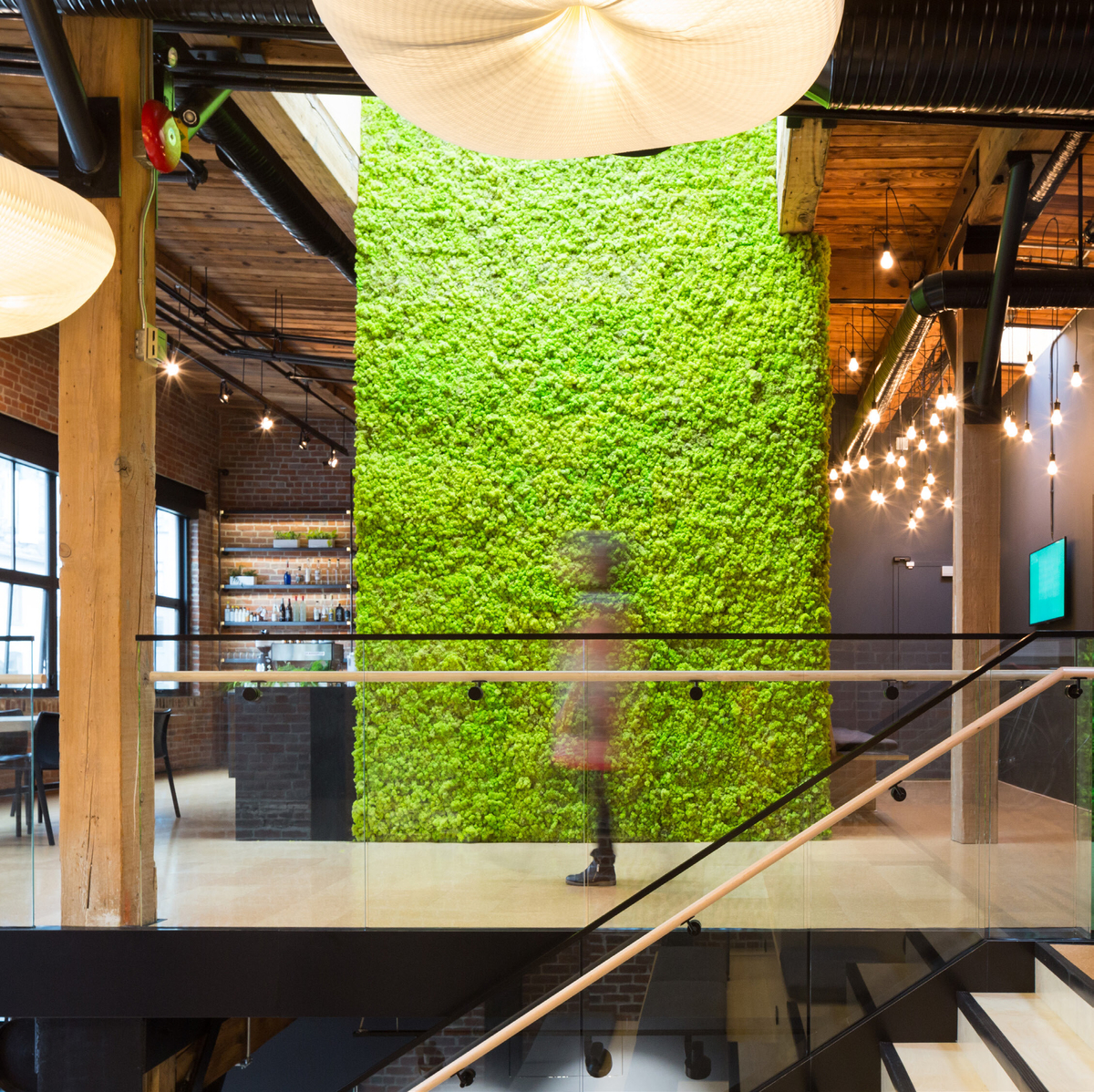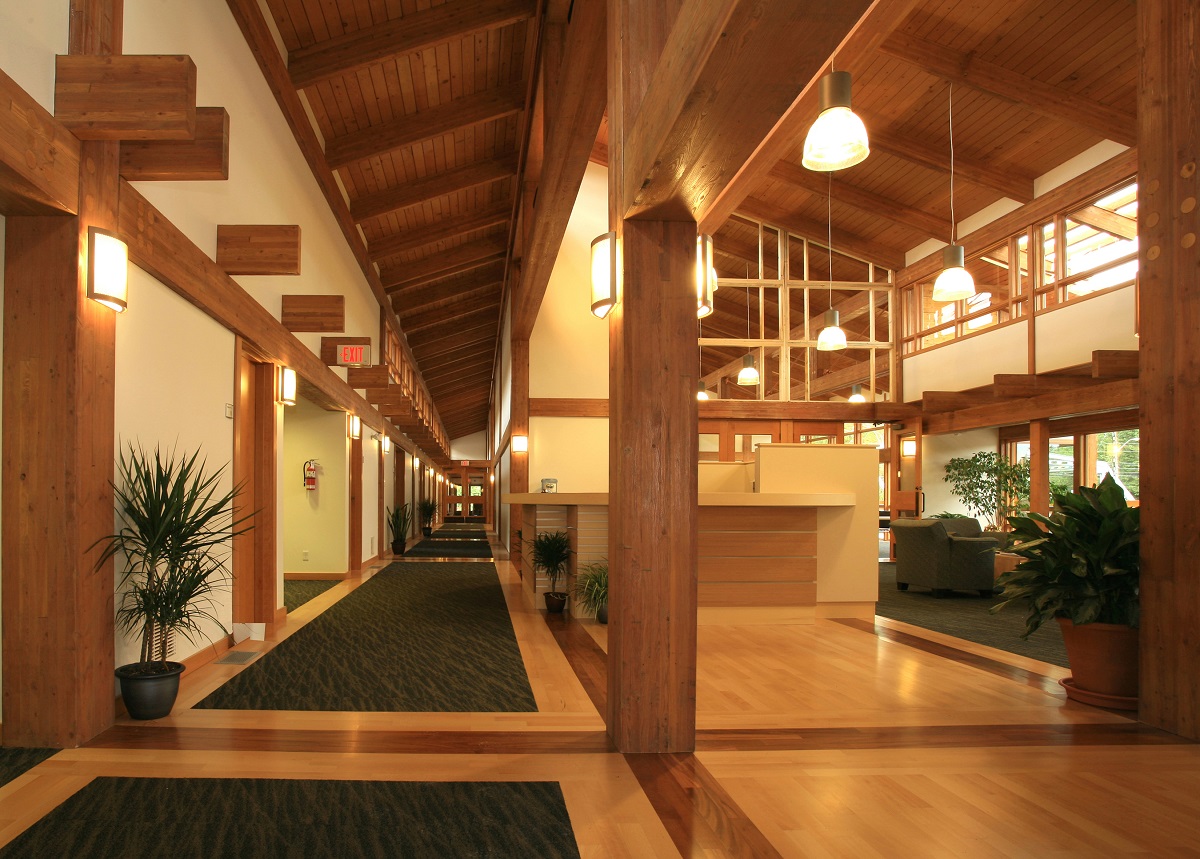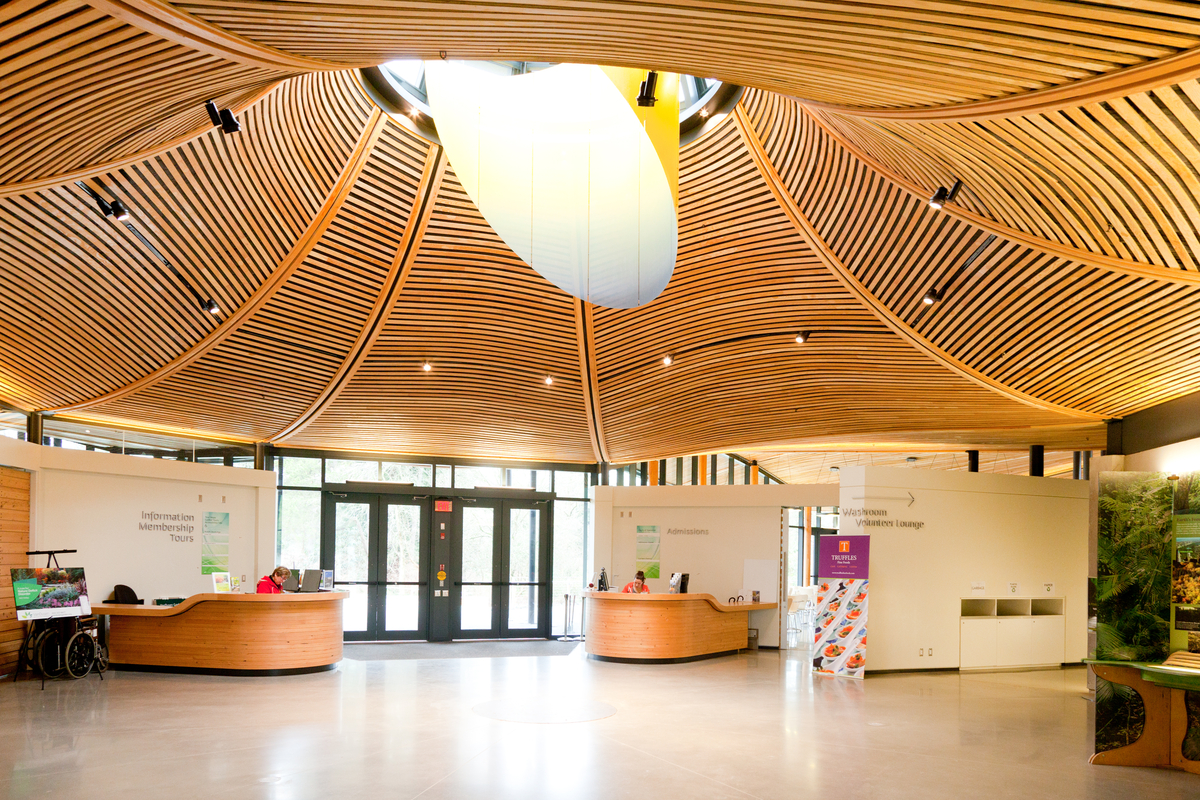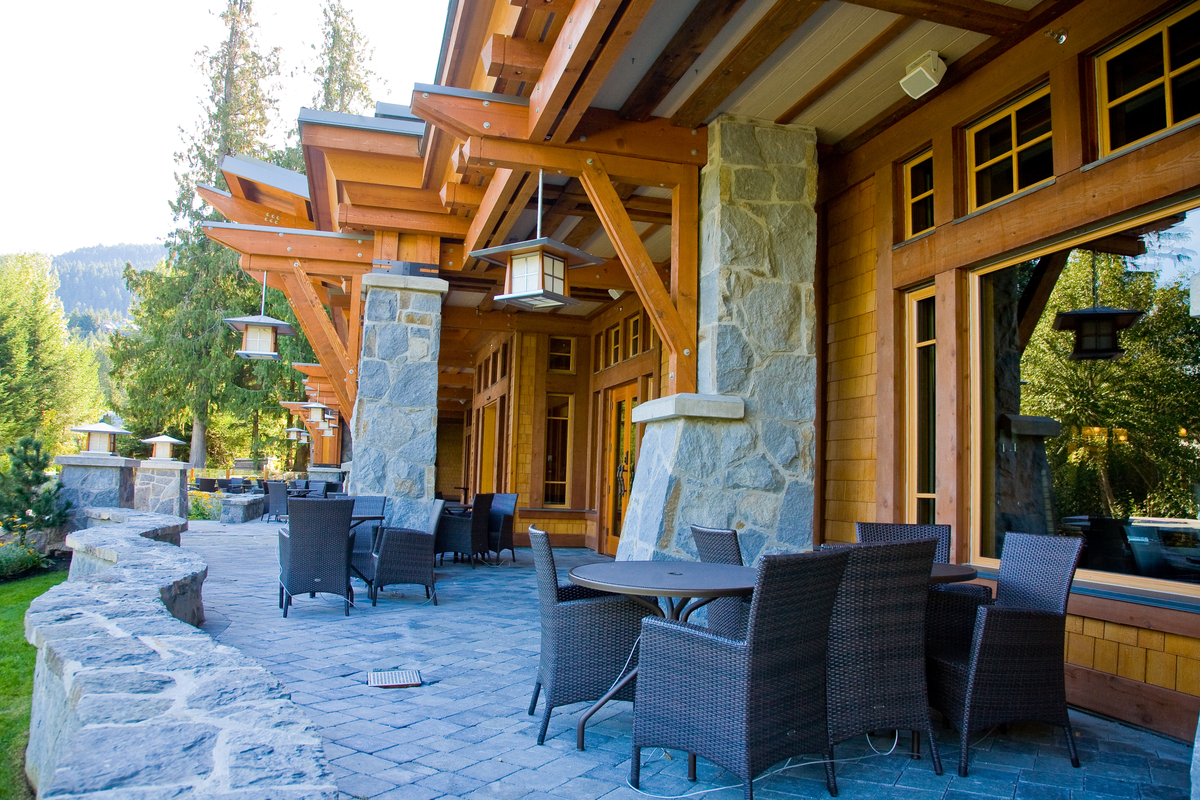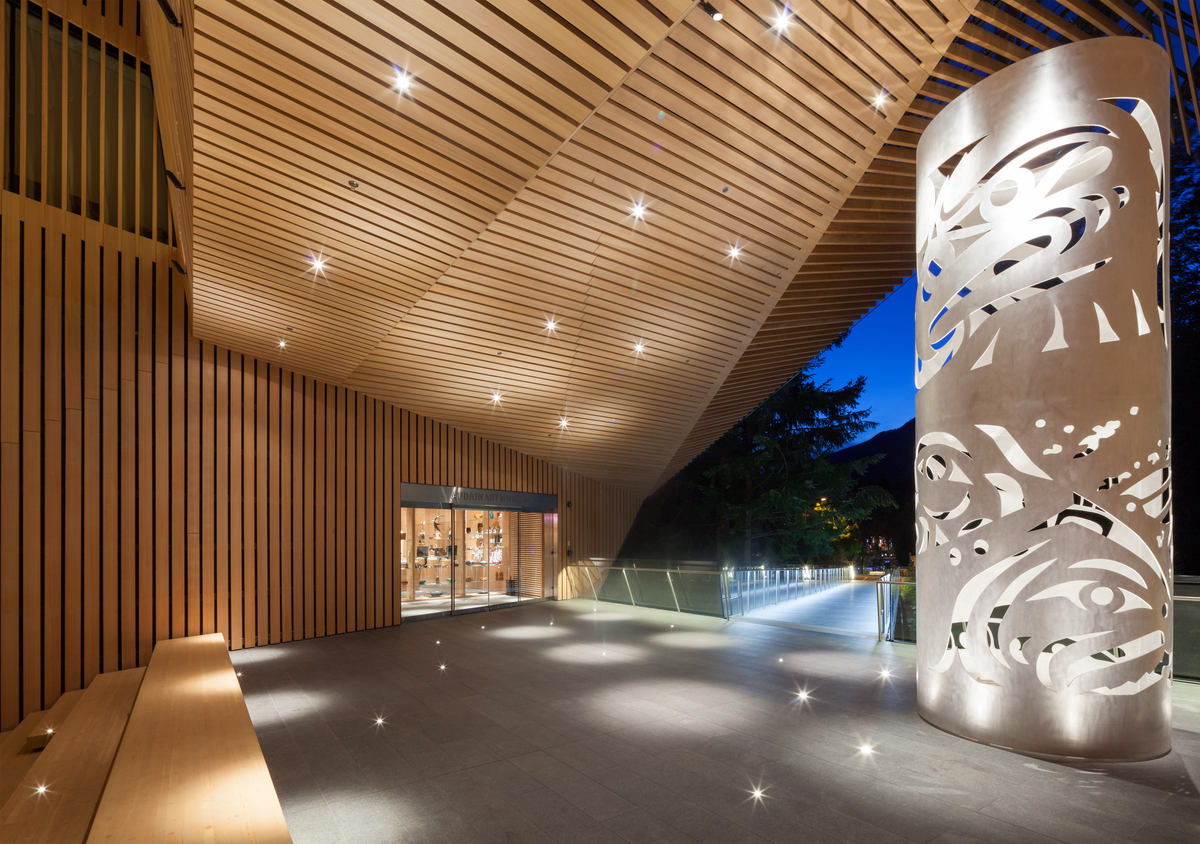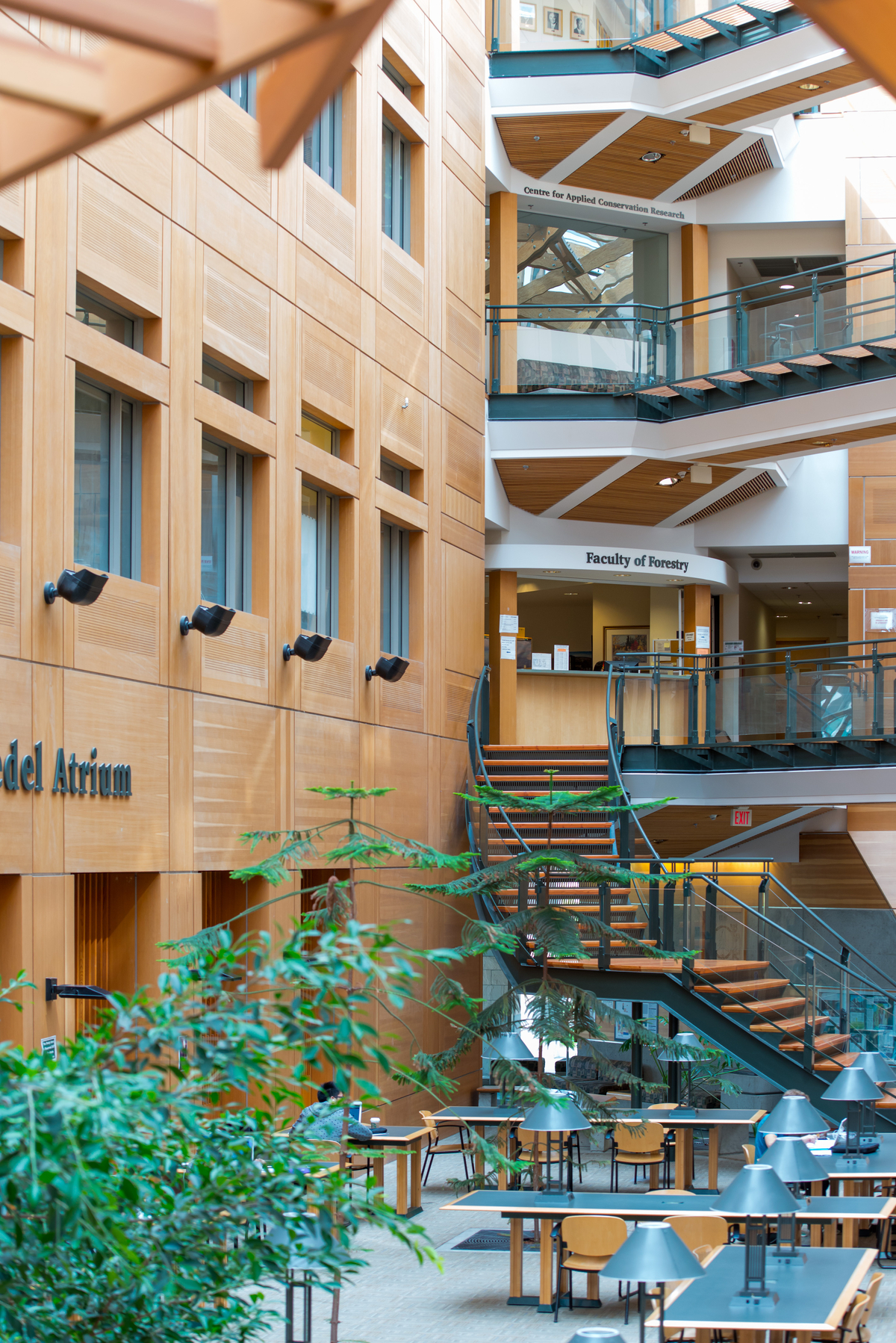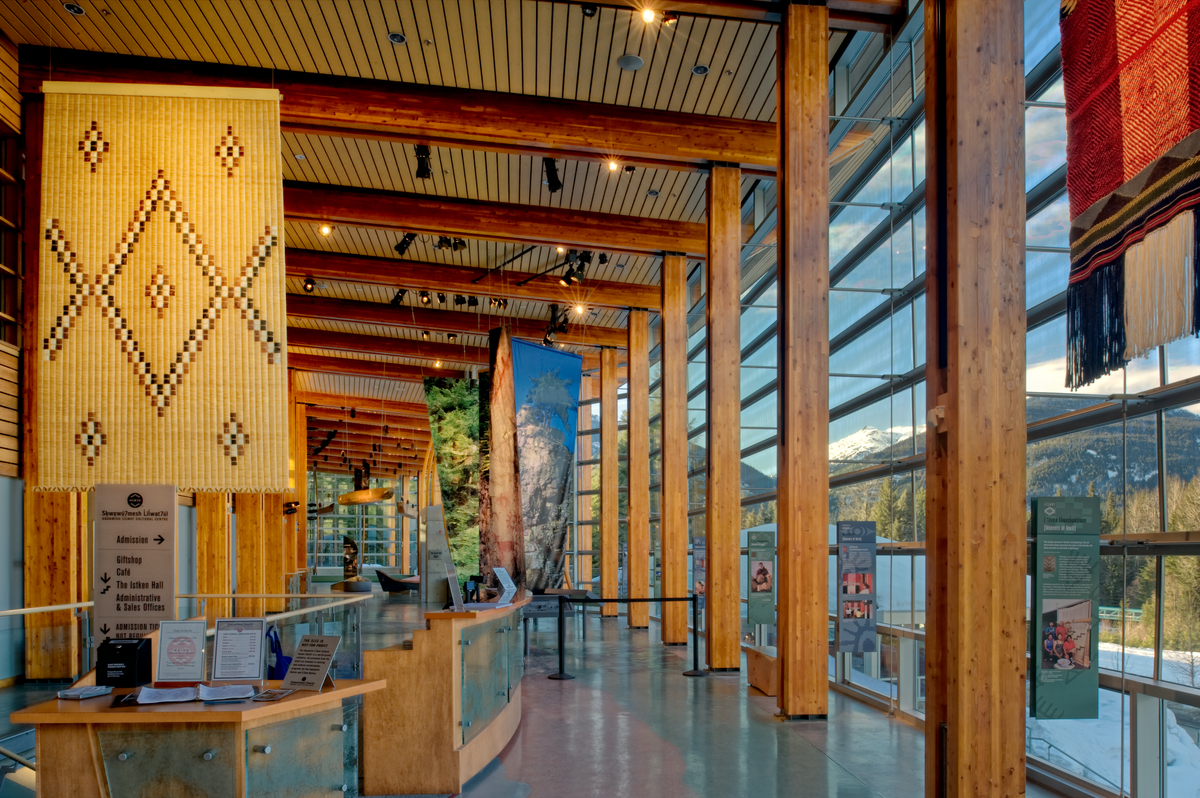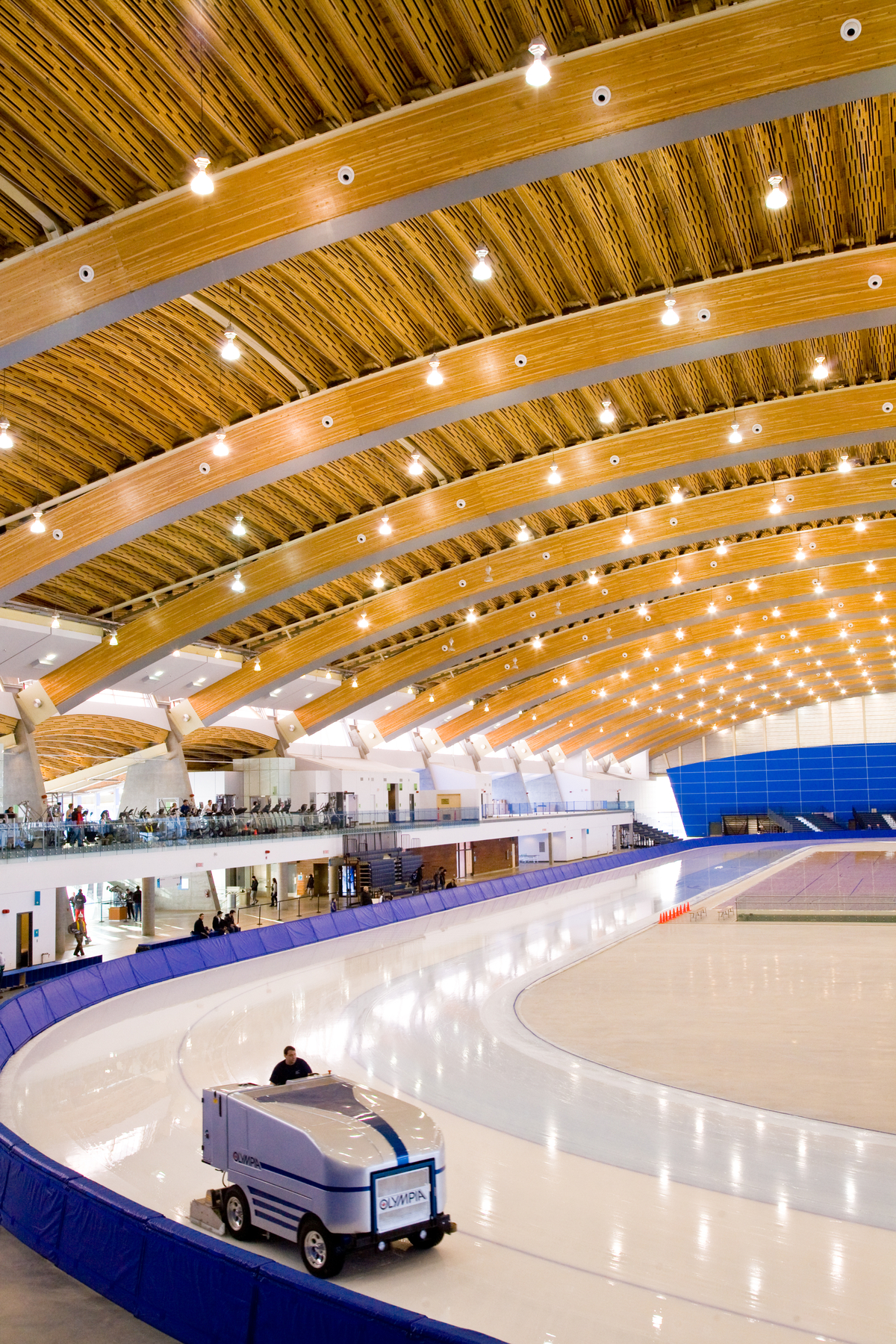What is biophilia?
Humans have an innate affinity for nature—a phenomenon known as biophilia. This connection has become the subject of many research initiatives exploring how different experiences of nature affect humans both physiologically and psychologically. In our built environment, leveraging biophilic strategies has been known to reduce stress, improve cognitive performance, enhance moods and increase preference for spaces.
Early biophilia research focused on the responses to viewing and experiencing natural environments. One of the best-known studies found that having a view to nature led to better healing outcomes among hospital patients.
Research also suggests that humans prefer views to savannah habitats with trees and, specifically, shade trees. Through guided walks in forests in Japan and Korea, researchers have been exploring Shinrin-yoku, or “forest bathing,” in conjunction with impacts on stress reduction and immune system function.
Biophilic design brings the benefits of nature indoors, enhancing well-being and productivity in interior spaces. By incorporating natural elements such as wood, plants and water features, these designs create environments that promote mental and physical health.
Biophilic design through wood
Wood has been used in construction and artifacts for thousands of years across various cultures around the world. While wooden objects and buildings are crafted by humans, the wood itself is still considered natural, which may explain why we prefer it in our surroundings. Connection to nature through wood in the built environment is not only a preference, but there is growing evidence of health benefits from bringing nature indoors through wood.
Indeed, in and around B.C., wood has been used for building homes and other structures for thousands of years. First Nations in the interior often built conical pit houses supported by four large angled posts and a square of four large beams. Along the coast, longhouses were constructed using large western red cedar posts and beams for the core structure. These traditional designs continue to inspire modern architecture.
Using wood and exposing wood in mass timber buildings can set the foundation for a more holistic or multisensory biophilic experience.
The benefits of biophilic design and wood observed in various building types
- Offices: Improved measures of workplace performance, including increased productivity and reduced absenteeism.
- Schools: Improved academic achievement and, among younger students, cognitive development.
- Hospitals: Helped patients heal faster while mitigating occupational stress among hospital staff.
- Retail: Increased shoppers’ perceived willingness to pay, improving gaze attention and increasing dwell time, all contributing to improved sales.

